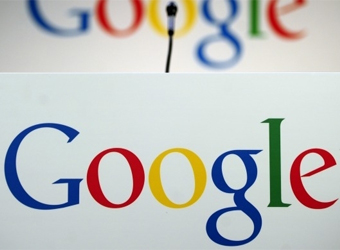After YouTube’s advertising crisis in recent months that saw ads running alongside neo-Nazi and jihadist videos, Google has been able to lure most brands back to the site. But not all.
“We still have some high-profile advertisers that have not returned,” said Allan Thygesen, Google’s president of the Americas, at a conference on Tuesday hosted by investment bank Rutberg. “We will not rest until we get them all on.”
In early February, The Times of London reported that ads for brands like Mercedes-Benz were showing up in YouTube videos promoted by hate groups. Johnson & Johnson, JPMorgan, AT&T and Verizon were among companies that subsequently suspended or pulled advertising with Google, following media buying agency Havas in the U.K.
Google’s parent, Alphabet, responded with a blog post in March, announcing that the company was more aggressively removing ads from hateful content, giving brands more control over where their ads are placed and providing more transparency to marketers so they can see where their ads are appearing.
Thygesen said the company has made a “huge amount of progress the past three months,” but that getting to perfection is impossible with the amount of activity that YouTube hosts. There are more than one billion watched hours of video a day on the site and more than 400 hours uploaded every minute.
Research firm eMarketer predicted last April that YouTube would account for 10.8 percent of Google’s net U.S. ad revenue in 2016, up from 9.1 percent the prior year. Brands need to see improvements from YouTube or they can pull spending from other parts of the internet giant.
“There are still occasional events,” Thygesen said. “We’re still working to improve our models.” Source: CNBC
Source: CNBC


